written by Lee Lewis Husk
Retiring with visions of sitting on a beach sipping Mai Tais?
Well, maybe not in Oregon, where you’re more likely to be pulling on a wetsuit to wade into the surf or rubber boots to walk the dog. Oregon isn’t Florida or Arizona, but it does have considerable appeal to those no longer tethered to a paycheck. Whether you’re a 45-year-old techie escaping Silicon Valley, an urbanite fleeing traffic or a rural boomer seeking great health care facilities, you’ll need a place to retire and call home.
We’ve found six towns that may tickle your retirement dreams. In selecting this list, we considered the availability and cost of housing, weather, proximity to airports, health care, cultural and recreational amenities, and the history and vibe of the place.
Brookings
Sun Worshippers, Camels & Cacti Not Found Here
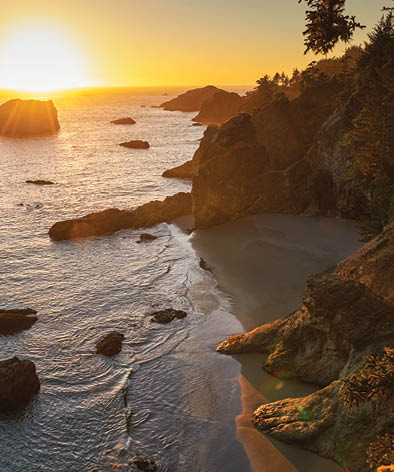
With 50 inches of rain falling between November and February, Brookings’ wet season is more favorable for webbed feet and mushrooms than bikinis and hot peppers. The Pacific Ocean flanks its west side, the Chetco River runs through it and rain forests nuzzle all around. But the payoff comes in the eight months when the sun shines in this banana belt of the Oregon Coast and an offshore breeze raises temperatures 20 degrees any time of the year. When good weather reigns, residents flock to the golf courses, the Chetco and Rogue rivers for world-class steelhead and salmon fishing, ocean and river kayaking and Azalea Park in downtown Brookings for outdoor concerts.
The 18-mile Samuel H. Boardman State Scenic Corridor introduces the area’s rugged bluffs, secret coves, migrating birds and whales, and miles of hiking trails. Harris Beach State Park is a local favorite for exploring tidepools and glimpsing rare birds such as the tufted puffin at Bird Island, a National Wildlife Sanctuary. Alfred A. Loeb State Park has the state’s largest myrtle tree forest, and the Redwood Nature Trail is nearby. At the south end of Brookings is the town of Harbor, the port for both cities.
With a median home sale price of $294,200, according to Zillow, the housing market is booming. Just 7 miles from the California border, Brookings offers retirees the best of both states. The town boasts a vibrant, if small, art community, local concerts and adult classes at Southwest Oregon Community College. A major caveat to retirees with serious health conditions is the distance to specialty care in Grants Pass and Medford.
-
 At Hand Leather Hip Bag$135.00
At Hand Leather Hip Bag$135.00 -
 At Hand Leather Duffel Bag$750.00
At Hand Leather Duffel Bag$750.00
Roseburg
Weather, Wine & Waterfalls
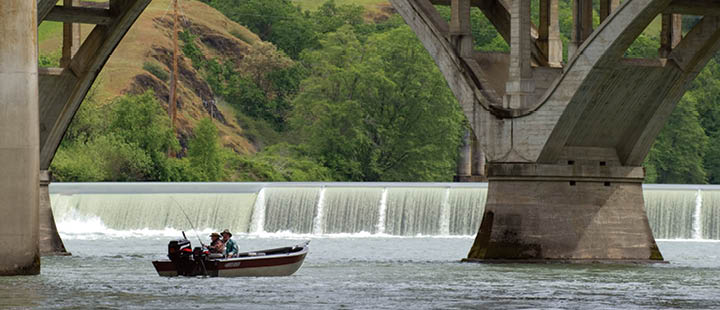
Often cited as one of Oregon’s top places to retire, Roseburg offers a warm climate, low cost of living, beautiful scenery, tons of recreational opportunities and slow country living. The city lies in Southern Oregon’s Umpqua River Valley, which is less of a bowl and more of a series of valleys and rolling hills. The mild climate results from the buffering influences of the Klamath, Cascade and Coastal ranges. The North Umpqua, part of the Umpqua River that runs from the Cascades through Roseburg to the Pacific Ocean, is famed for fly fishing, hiking and cascading waterfalls—more than a dozen off Highway 138.
A diversity of industries, including manufacturing, retail and agriculture, are reimagining the former mill town. Pioneers planted the region’s first wine grapes in the 1880s, and in 1961 Richard Sommer started
HillCrest, Oregon’s oldest estate winery. Thirty varietals from cool-climate pinot noir to robust varietals, like tempranillo and fruity riesling and gewürztraminer, thrive here. Twenty-four wineries can be found in the Umpqua Valley region.
The median home sale price is $233,800, according to Zillow. New arrivals will find a welcoming environment for seniors—nearly a quarter of the population. Gardeners will love the area, and those who can’t pluck a tomato from their garden will find plenty of fresh produce at the year-round Saturday Market. The newly remodeled senior center, “Music on the Half Shell” concerts at Stewart Park, acclaimed Douglas County Museum, covered bridges and miles of country roads for biking all add up to a place with serious retirement credentials.
Prineville
Techies, Cowboys & Growth Abound

Travel east along Highway 26 from Redmond to Prineville and you’ll pass between large structures housing Apple and Facebook data centers. The giant tech companies’ presence heralds a new day for this former tire-and-timber town. Big trucks still haul horse trailers through town, but sightings of Subarus with bike and kayak racks are becoming common.
No longer stagnating from the closure of its mill or the loss of Les Schwab’s headquarters, Prineville was the fourth fastest-growing “micropolitan” (communities between 10,000 and 50,000 population) in the country last year, according to Roger Lee, CEO of Economic Development for Central Oregon. He said that over the past decade Crook County’s traded-sector company investments far eclipse all others in the tri-county area (Deschutes, Crook and Jefferson).
The growth spurt has squeezed the housing market, but the city is on the cusp of having enough infrastructure to grow housing, according to Kim Daniels, executive director of the Crook County Chamber and Visitor Center. The median home sale price in Prineville is $288,600, according to Zillow. Those who find a place to live will enjoy a walkable city, no traffic, Central Oregon’s acclaimed high desert climate, parks, bike paths and a small-town environment where people are friendly and involved in their community. The Crooked River Roundup and Rodeo brings the town and thousands of visitors together for the three-day rodeo in June and the four-day horse races in July.
The area’s outdoor attractions include boating and fishing on Prineville Reservoir, access to Ochoco National Forest and Crooked River National Grassland where horseback riding, camping and hiking are popular. Farther afield are the colorful Painted Hills, rock climbing and hiking at Smith Rock State Park and the recently opened Crooked River Wetlands, a sustainable wastewater treatment facility that returns clean water to the Crooked River and attracts birds and birdwatchers and walkers to its 5 miles of paths.
Dallas
Gold Rush of the Golden Agers
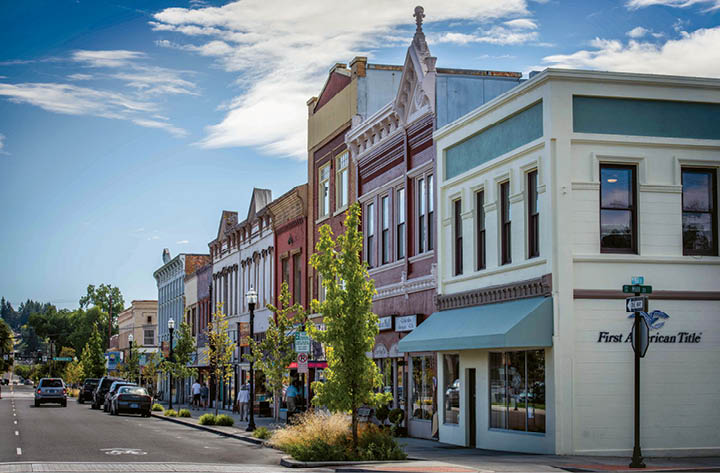
With the median home sale price in Dallas rising by 15 percent last year to $277,800, according to Zillow, prospective residents may want to get moving sooner than later. Inventory is down but much of the new construction is geared for young families and retirees, according to J.D. Shinn, CEO of the Dallas Area Chamber of Commerce and Visitor Center.
“It’s a laid-back community, not a lot of traffic,” Shinn said. “A few places are open past 10 p.m., but it’s pretty quiet here, so retirees tend to like it.”
Dallas lays out a full house of cards for seniors: moderately priced homes, a temperate climate with sunshine two-thirds of the year, proximity to top-notch medical centers, short travel time to major airports, low crime and plenty of outdoor activities.
Only 15 miles west of Salem, this historic town in the Willamette Valley was settled in the 1840s and has several old buildings still standing, including the clock-tower-topped Polk County Circuit Court at the town center. Its timber-based economy is gone, and instead the city has retooled for more diversified growth, including manufacturing, health care and small business. Among the top employers are the Dallas Retirement Village and Polk County government, where Dallas serves as county seat.
And then there’s Oregon’s renowned wine country wrapping itself around Dallas, making wine tasting a local pastime. Baskett Sough National Wildlife Refuge just outside the city is perfect for birding and short hikes. The Rickreall Creek System features a 4-mile, east-west path through town and past the Dallas Aquatic Center, two sports complexes and Dallas City Park. For warm-weather fun, residents enjoy the Big D summer concert series. The 130 days of rain give residents an excuse to stop in at renowned Grandma’s Attic quilt shop, take a short drive to Mission Hill Museum in Salem or to McMinnville where Evergreen Aviation and Space Museum hangars the Spruce Goose, WWII fighters, the stealth Blackbird and space rockets.
-
 At Hand Leather Women’s Backpack$375.00
At Hand Leather Women’s Backpack$375.00 -
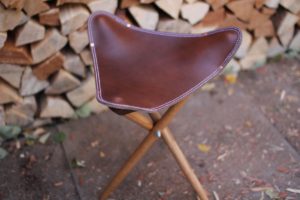 At Hand Leather Tri-Leg Stool$135.00
At Hand Leather Tri-Leg Stool$135.00
Lake Oswego
From Iron Slag to Upscale Living
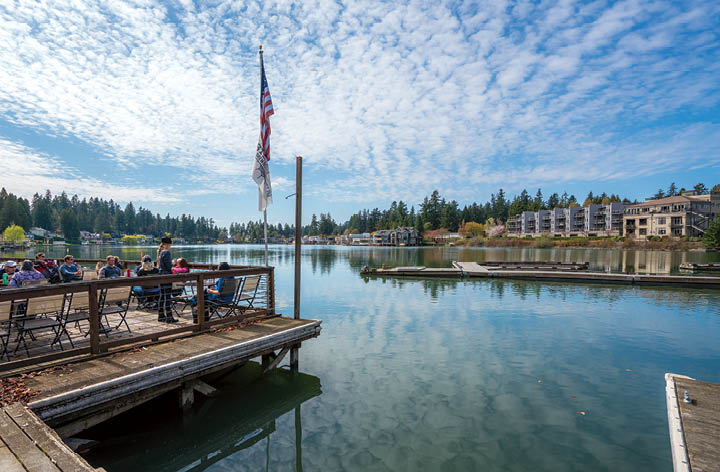
If you can afford to live here, Lake Oswego is the motherlode of suburban living. Its enticements are many, but let’s start with housing. The city is located in Clackamas County, with the state’s priciest residential real estate. Liz Hartman of the Lake Oswego Chamber of Commerce says that despite the area’s median home sale price of $575,500, according to Zillow, people can still find housing in the $350,000 to $450,000 range if they’re patient, but it won’t be lakefront property. The 415-acre Oswego Lake is privately owned, though water enthusiasts have the Willamette and Tualatin rivers close by.
Oswego, as it was originally called, was founded in the 1850s and was home to a sawmill and later Oregon’s first charcoal iron smelter. The iron company, Oregon Iron and Steel, shifted from declining iron production in the early 1900s to subdividing its land and selling homes on the lake. It soon lived up to the company’s marketing slogan, “Live Where You Play.” Families flocked to the area in the 1930s, initiating a growth spurt that built out the city and eventually led to the annexation of Lake Grove in 1960 and a name change to Lake Oswego.
A walk through downtown today illustrates how far this community has come from its industrial underpinnings. Hanging flower baskets, outdoor sculptures, upscale cafes and shopping speak of prosperity and leisure. Nearly 70 percent of residents hold a bachelor’s degree or higher, and its school system ranks among the best in the state. “People here care a lot about their community and are very active in boards, commissions and outdoor pursuits,” Hartman said, adding that retirees will find much to occupy their time.
Its vibrant arts-and-culture scene includes the Lakewood Center for the Performing Arts, an annual wine walk and many galleries and museums, among them the Oswego Heritage House and Museum. Finally, Lake Oswego’s proximity to Portland gives residents their choice of top-tier medical care.
Hood River
An Oregon Farm Town with a Big Playground
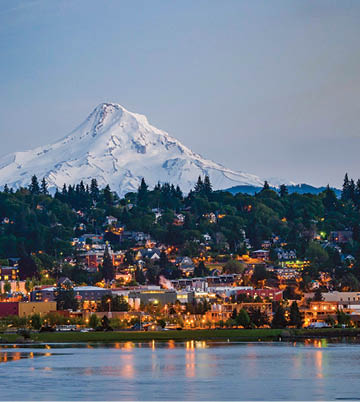
Hood River is a small port town on the Columbia River with outsized amenities for both young and old. Its geographic wonders range from Mount Hood, Oregon’s tallest peak, to the magnificent Columbia Gorge National Scenic Area and fertile valleys that support fruit orchards and grape vineyards.
Only an hour outside Portland, the town attracts thousands of visitors. It came into the international spotlight as a wind-sport destination but has evolved far beyond that in the past decade, said Amy Hunter with the Hood River County Chamber of Commerce, adding that tourists support a long list of amenities that wouldn’t otherwise be possible in a city of its size. “Locals reap many rewards, from amazing dining, breweries, cideries and an in-town hospital and medical center,” she said.
“For people not necessarily into sports, Hood River has a thriving arts and music scene,” she said. Downtown has several art galleries and the Columbia Center for the Arts, which houses an art gallery, live theater and classes. The Gorge Artists Open Studios Tour is an annual event in May that invites the public into the studios of more than forty artists on both sides of the Columbia River. She said many artists have retired in Hood River. March is Hood River Music Month, with a variety of genres and venues.
Its small-town feeling is enhanced by old-fashioned parades. All the downtown shops are independently owned, and more than two dozen buildings are listed on the National Register of Historic Places, including the Columbia Gorge Hotel and the 1886 Ezra L. Smith Home, which now houses Stoltz Winery’s tasting room and winery. The town is dog-friendly and welcomes families. “It’s a fun place for adult children and grandchildren to visit,” Hunter said.
Housing tends to break toward the upscale, according to Maui Meyer of Copper West Real Estate. Zillow lists the median sale price at $445,500, and Meyer said homes are available in the $400,000 range and that the city council is working “day and night to help workers, plus retirees, find homes.”


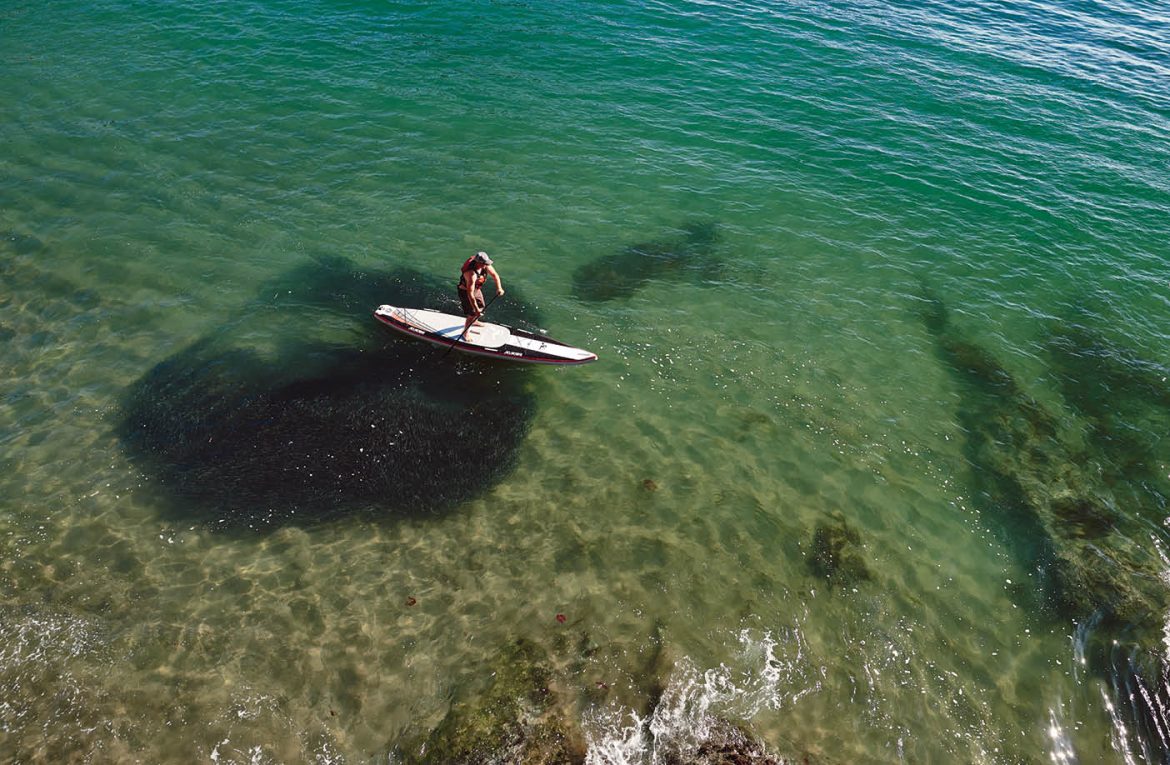
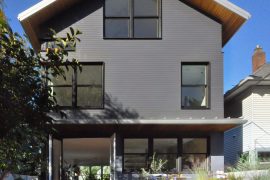

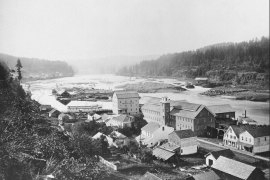




So live on the coast. When the Cascadia Subduction zone decides to happen, those towns will be uninhabitable.